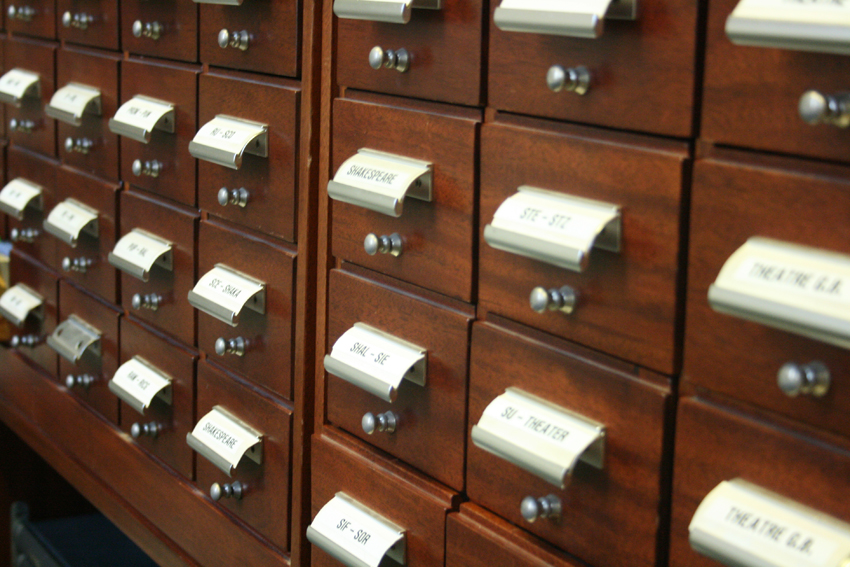I went to the annual open day at the V&A archives at Blythe House in Olympia. 
 There was an interesting thing of refinement: the woman talking to us was an archivist, from the archives department, from the art and design department, from the word and image department, from the V&A. In a similar way the objects were at the bottom of a load of layers: building, room, shelf, box, foam, card, sleeve, paper, then object.
There was an interesting thing of refinement: the woman talking to us was an archivist, from the archives department, from the art and design department, from the word and image department, from the V&A. In a similar way the objects were at the bottom of a load of layers: building, room, shelf, box, foam, card, sleeve, paper, then object.
The open book is a conserved version of the book above it. The top book had loads of pictures stuck in with sellotape and this has eroded and died over time so that things are stuck together and the pictures become damaged. The conserved book is easier to navigate and and work from - indeed through the conservation process the images are more accessible and now some of the images have been displayed at the design museum and also the Cold War Modern exhibition - i think it's interesting, because i find it to be another level of context abstraction the images in the fading, old, ledger feel more honest and fit the pictures better than the sterilised conserved version.
There was a story told about how a bed had been offered from Garrick's family. On visiting the item in question the curator also discovered a number of other items which used to belong to Garrick and a collection of letters and documents pertaining to the heritage and acquisition of the bed, including, of note, an unpublished poem. The money to acquire these could not be given by the museum and so they went to the society of Garrick (these guys had money) and they whipped round and got the cash- and also in the process another museum piece was offered- this adds weight to my argument that things attract things- i think this might be worth revisiting.
A tour guide, Guy Baxter, described the archives as 'Some of our treasures'
The archivists seek to record through archiving.
The buildings were built originally as offices and so are not strong enough for the purpose so the archive shelves (which i wasn't allowed to take pictures of!) had to placed over the beam lines of the buildings- i like the idea of a collection dictating a space and also the other way round there's some kind of interesting relationship happening there.